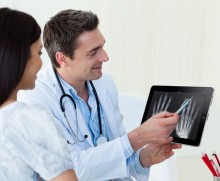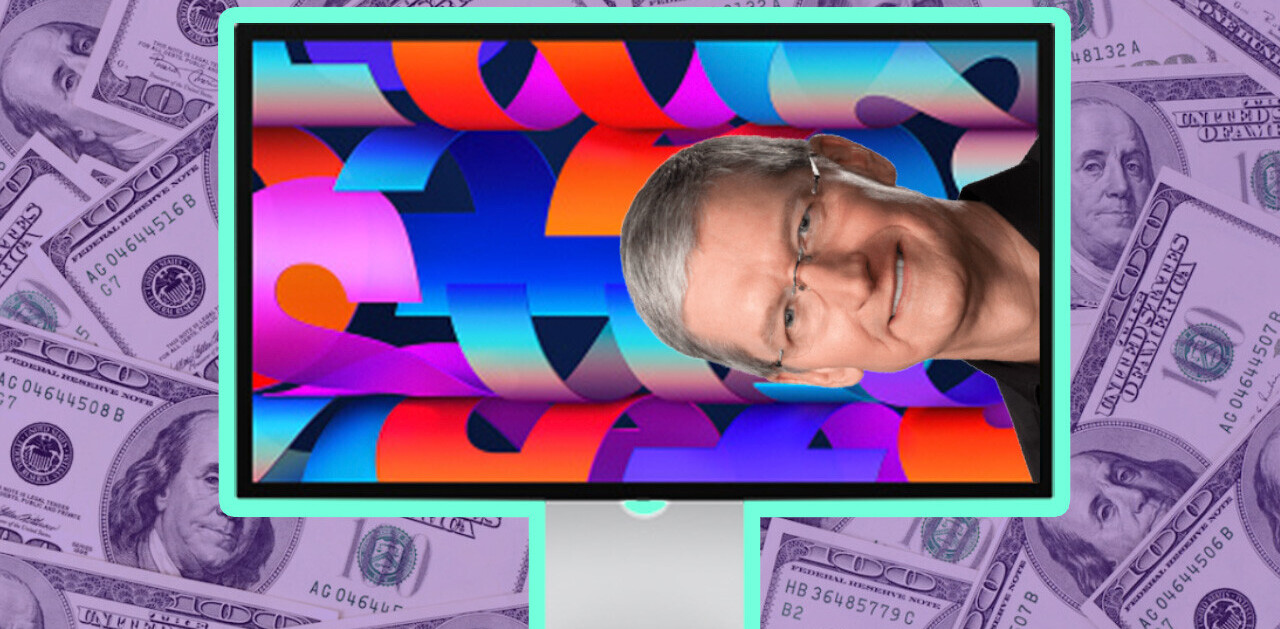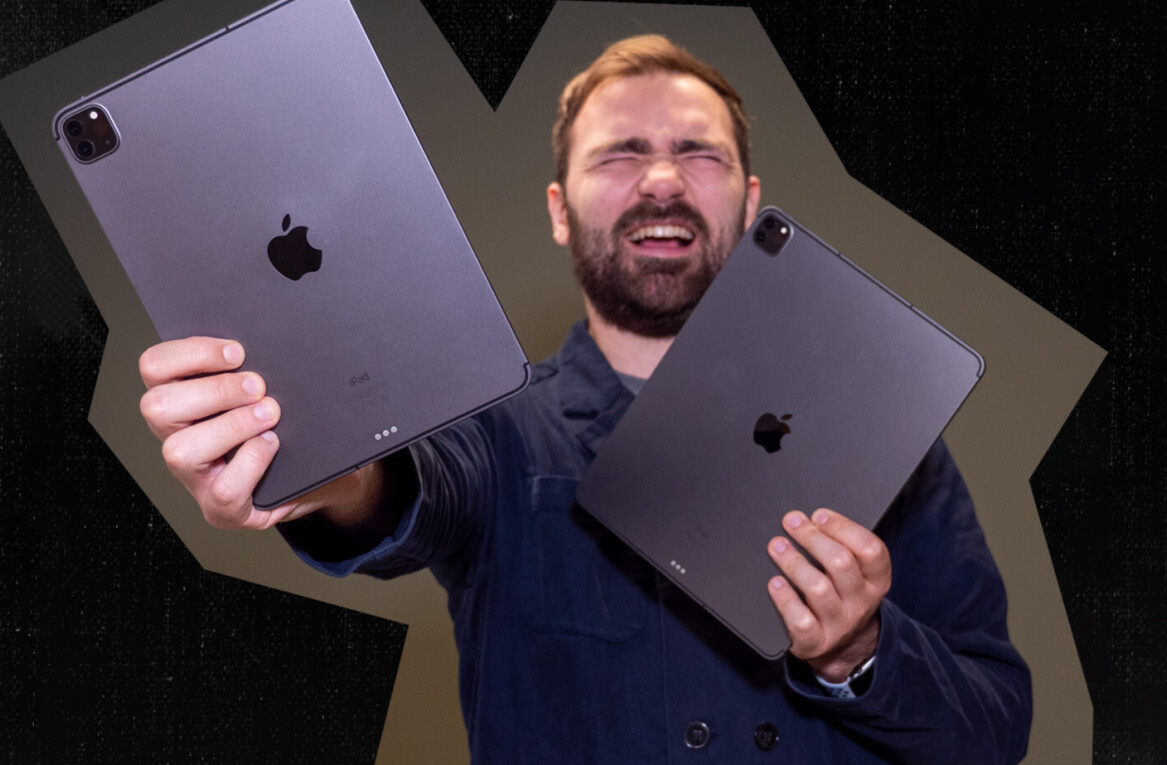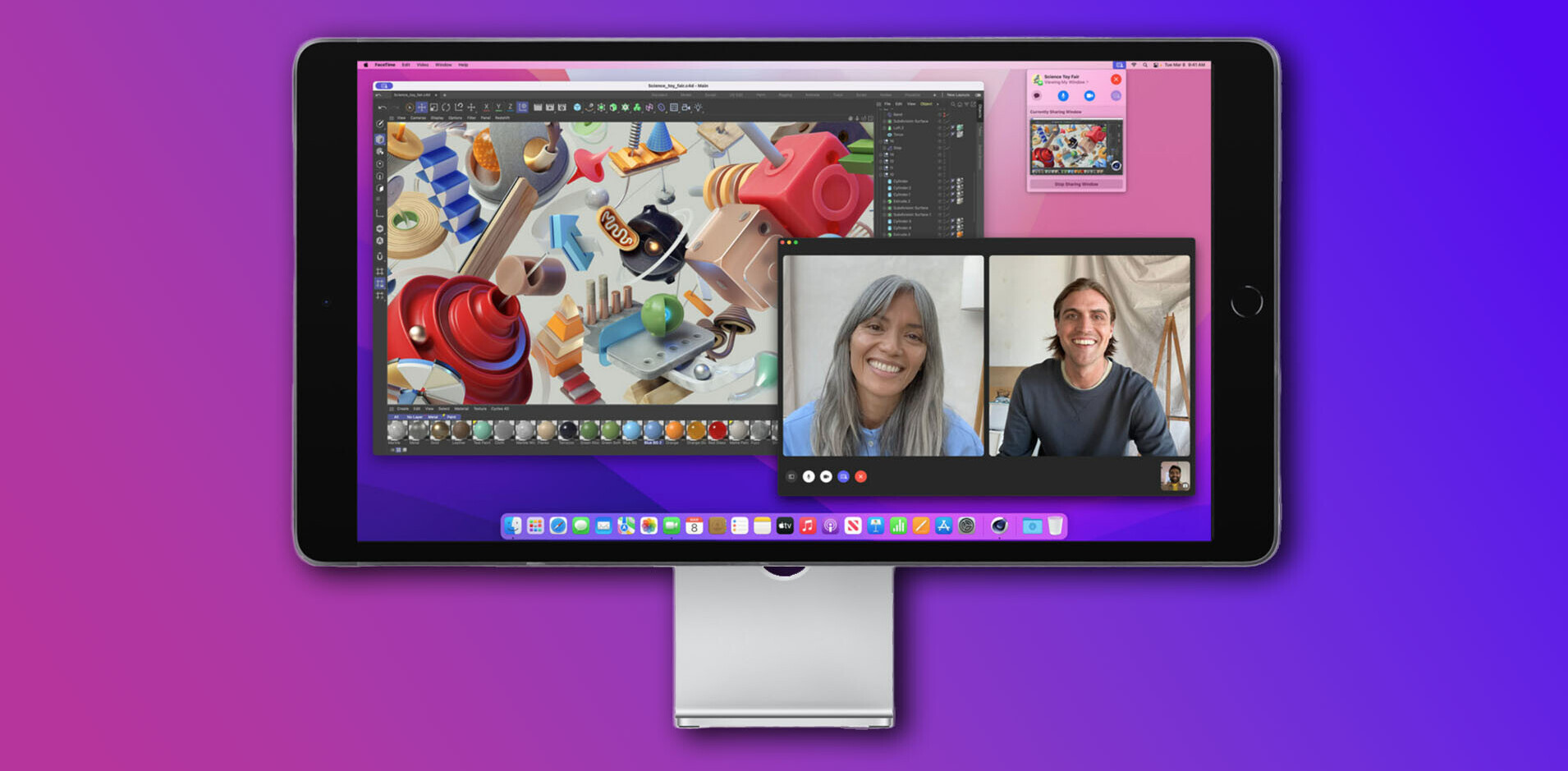
“There are certain times in your life when you know it’s the right move to do something. Health care has always seemed like it’s just not there with technology; it always felt backwards.
I believe health care should be as seamless as this: If you’re hurt while skiing in Colorado, doctors should be able to pull up your medical records and browse through your medical history immediately, reading what you’re allergic to and a list of previous injuries. It should work as seamlessly as banking systems talking to each other, but it doesn’t.”
– Daniel Kivatinos the Co-Founder of DrChrono
The U.S. government, which has notoriously failed to produce a reputable health care system, is trying to solve this problem. As part of the healthcare stimulus, it has implemented new incentives for electronic health record (EHR) adoption. The HITECH Act specifies that physicians can qualify for $44,000 or more in economic stimulus incentives for adopting an EHR over the next 5 years. To fund this, the government is shelling out $19.2 billion dollars to help move all doctors off paper charts and manilla folders and onto electronic systems. The main goal is to improve the overall cost and efficiency of our healthcare system. After the first 5 years, doctors will be penalized for not using electronic medical records (EMR).
 Daniel Kivatinos and his Co-Founder Michael Nusimow, the CEO of DrChrono are both software developers and hackers who met in college. In elevator pitch lingo, “DrChrono addresses the complexities and critical needs of today’s healthcare environment by providing a multi point solution, mobile health point-of-care apps plus access to our cloud web based Electronic Health Record platform.” They founded the company in January 2009 and released their feature product- the DrChrono iPad app for doctors one week after Apple started selling them last spring. The iPad is a perfect device for doctors, in fact it almost looks like a clipboard. Paul Graham, the famous programmer (inventor of Bayesian spam filters) and venture capitalist has called DrChrono “the SAP for doctors.”
Daniel Kivatinos and his Co-Founder Michael Nusimow, the CEO of DrChrono are both software developers and hackers who met in college. In elevator pitch lingo, “DrChrono addresses the complexities and critical needs of today’s healthcare environment by providing a multi point solution, mobile health point-of-care apps plus access to our cloud web based Electronic Health Record platform.” They founded the company in January 2009 and released their feature product- the DrChrono iPad app for doctors one week after Apple started selling them last spring. The iPad is a perfect device for doctors, in fact it almost looks like a clipboard. Paul Graham, the famous programmer (inventor of Bayesian spam filters) and venture capitalist has called DrChrono “the SAP for doctors.”
Current features include e-prescriptions, allowing doctors to send a prescription to any pharmacy in the USA electronically. The app processes medical billing, allowing the doctor to tick off certain procedures and problems and automatically submit bills to insurance companies. Kivatinos and Nusimow spent the first year of their company building relationships with insurance companies and clearinghouses to be able to process these. Lastly, the app includes form builder tools, which allows doctors to turn their current paper forms into electronic documents with customizable fields. They’re continually upgrading the app, with a new release every month, consulting doctors throughout the process.
The Evolution of DrChrono
 DrChrono is a New York born, San Francisco/YCombinator bred startup. The first version of their app was just an appointment reminder system for patients. Then they built a medical billing engine which hooked into all of the insurance companies.
DrChrono is a New York born, San Francisco/YCombinator bred startup. The first version of their app was just an appointment reminder system for patients. Then they built a medical billing engine which hooked into all of the insurance companies.
“Then we heard that the iPad was coming out and our whole company changed,” says Kivatinos. “We said, ‘Let’s make this thing totally different. We started to build on Apple’s SDK for the iPad before the hardware came out. When the Apple iPad came out, Apple released our app immediately and all of a sudden we had doctors coming out in droves. This was the turning point in our company when doctors started to call us. A doctor could be at the gym, looking at his schedule and processing bills. Essentially we built a platform, which hooks into the iPad and the cloud through a web browser. The future is mobile.”
DrChrono’s released their app a week after the first iPad came out. Up to this point, they have over 1,500 doctors signed up. It’s particularly popular with single or small doctor practices. Over the next month, they will hold in-Apple store training sessions for doctors on the iPad in the city of Chicago.
New Features
Speech to text on the iPad
DrChrono worked with M*Modal to create the first medical speech to text functionality on the iPad. The feature works with a bluetooth headset. Over time, the speech to text module improves as it learns the doctor’s inflections and choice of diction. It’s an extremely helpful tool for doctors who need their hands to deal with patients and can’t be typing notes on the iPad’s keyboard at the same time.
Drug Interactions Checking on the iPad
Another new feature includes “drug interactions checking.” This video shows how a health provider can check drug interactions on the iPad through the DrChrono app.
The Future of DrChrono on the iPad 2
The iPad 2’s front and rear facing cameras open up a world of diagnosis-related possibilities to expand the doctor-patient relationship in the future. Let’s say a child has a rash. Kivatinos envisions a doctor taking a video or picture of the patient’s rash. The patient, and future doctors would then have access to this totally new form of electronic medical record. The other huge possibility to expand the doctor-patient relationship with the iPad is by using FaceTime for instant and remote contact. Emergency alerts are also coming soon, something akin to a push notification.
Pricing
DrChrono’s pricing model ranges from a free base offer including storage for 1,000 patients and one doctor login to a premium offer including 10 staff logins and unlimited patient record storage for $199 per month. Setting up medical billing costs quite a bit, which is why they charge for the premium versions of the app. Kivatinos also notes that most doctors pay upwards of $50,000 for a similar electronic system. A complete list of pricing can be found here.
Know any on-the-go, iPad owning doctors who want to cash in on an extra $44,000 from the government over the next 5 years? Tell them to download the free app here.
Other startups that are building electronic health record systems (EHRs) as platforms to support app stores, include HealthForge, an open source EHR platform, Boundary Medical, Phytel, and emerge.md. Also other notable efforts to revolutionize health care through technology include Aza Raskin’s Massive Health and Dr. Jay Parkinson’s Hello Health.
Get the TNW newsletter
Get the most important tech news in your inbox each week.





